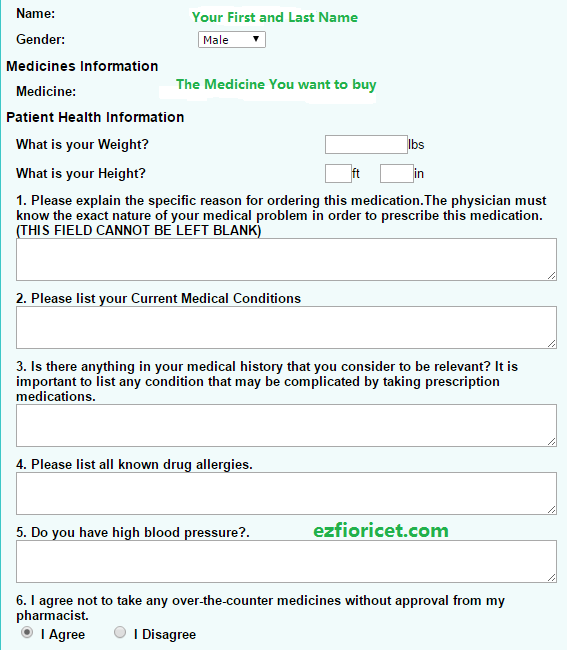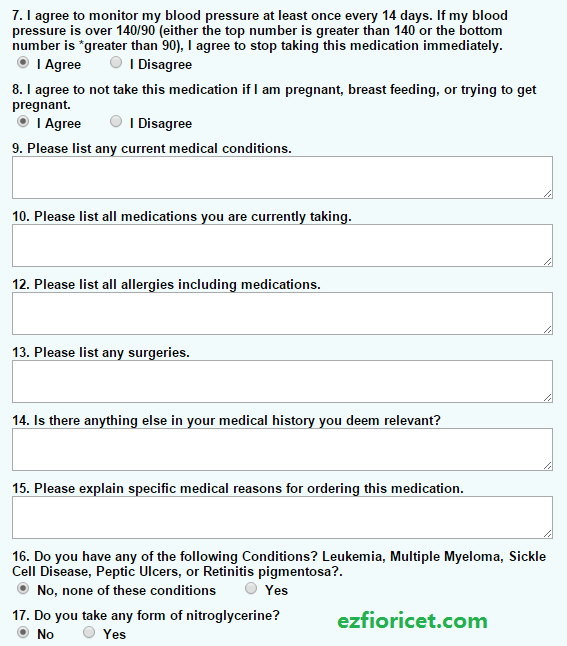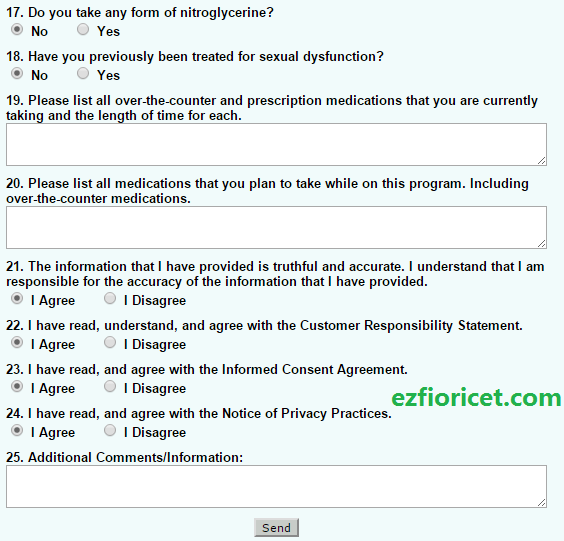It is important to tell your doctor or pharmacist what medicines you are already taking, including those bought without a prescription and herbal medicines, before you start treatment with this medicine. Similarly, check with your doctor or pharmacist before taking any new medicines while taking this one, to make sure that the combination is safe.
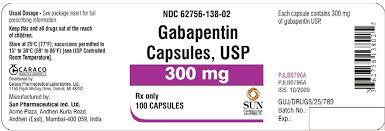
Indigestion remedies (antacids) containing aluminium or magnesium may reduce the absorption of gabapentin from the gut. Indigestion remedies should therefore not be taken at the same time as a dose of gabapentin, or in the two hours before a dose.
It is recommended that people who are taking any antiepileptic medicines should avoid taking the herbal remedy St John’s wort (Hypericum perforatum). This is because St John’s wort may affect the level of antiepileptic medicines in the blood and could increase the risk of seizures.
This medicine is not known to interact significantly with other medicines. However, if it makes you feel sleepy or dizzy, this effect is likely to be increased if you take it in combination with other medicines that can cause drowsiness, in particular morphine, or with alcohol. If you are prescribed morphine in combination with gabapentin you should let your doctor know if it makes you feel sleepy, or if any drowsiness gets worse.
This medicine does not affect hormonal contraceptives such as the pill.
Other medicines containing the same active ingredient
Gabapentin tablets and capsules are also available without a brand name, ie as thegeneric medicine.
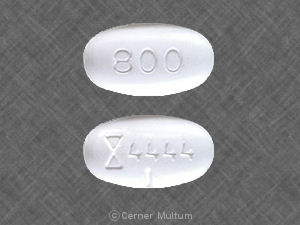
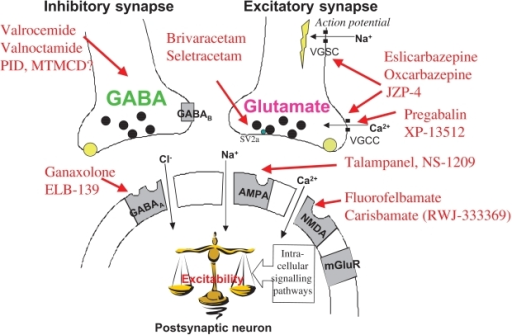
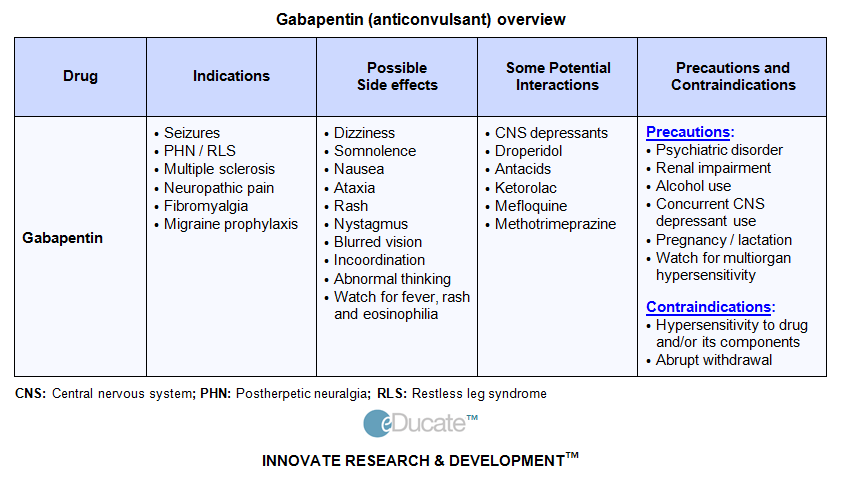
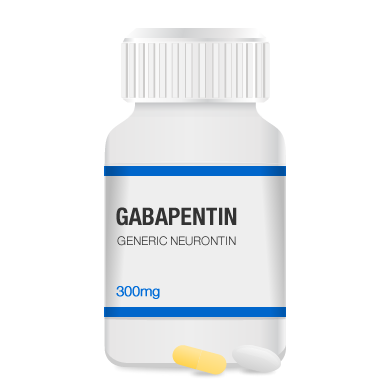 Gabapentin is used in adults to treat nerve pain caused by herpes virus or shingles (herpes zoster).
Gabapentin is used in adults to treat nerve pain caused by herpes virus or shingles (herpes zoster).